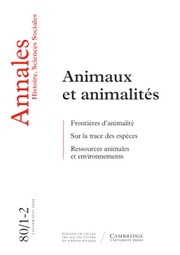Article contents
L'industrie Sucrière, Le Moulin a Sucre et les Relations Sino-Portugaises aux XVIe-XVIIIe- Siècles
Published online by Cambridge University Press: 26 July 2017
Extract
La fin du XVIe et le début du XVIIe siècle marquent un développement sans précédent de la consommation de sucre en Europe et un essor de son industrie dans le Nouveau Monde. L'exploitation de la canne qui, au cours du XVIe siècle, était passée du bassin méditerranéen aux Iles de l'Atlantique comme Madère, Sâo Tome ou les Canaries, trouva sa pleine expression en terres américaines peu après leur découverte en 1492. Le Brésil devint au XVIe siècle le premier producteur de sucre du monde. On connaît les péripéties de la conquête du Nouveau Monde accouchant d'immenses plantations de sucre dont le mode de production esclavagiste constitue l'un des modèles d'application du système capitaliste, comme le montre Sydney Mintz dans son beau livre Sweetness and Power.
Summary
Many questions have been raised with respect to the origins of the rolling mill type of sugarcane mill, which, by replacing the ancient technology of the edge runner and the beam presses in the XVIIth century, helped to speed up the process by which sugar cane is crushed and thus to favor the boom in the world sugar industry. This paper reexamines this question, since it has corne to light in the pastfew years that the promoters of this invention could be, in fact, the Chinese. A detailed comparison between the Chinese mill and the Brazilian mill shows, on the one hand, that the two machines are quite distinct, and suggests, on the other hand, that problems with regard to technological innovation cannot be treated without taking into account the spécifie social context of each society.
- Type
- Économie et Techniques en Chine
- Information
- Copyright
- Copyright © École des Hautes Études en Sciences Sociales, Paris, 1994
References
Bibliographie
Sources chinoises
- 1
- Cited by


